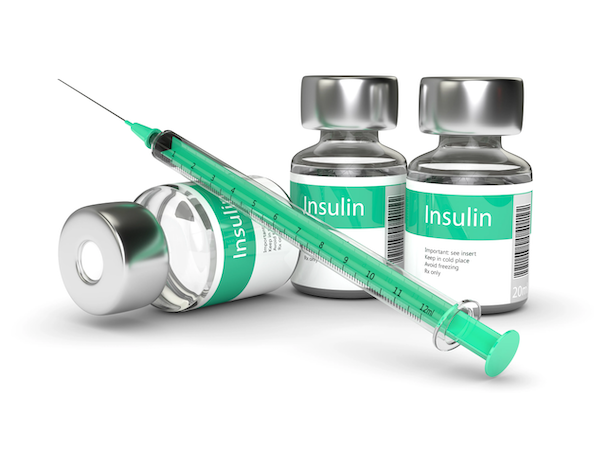Optum Rx Moves Eight Preferred Insulin Products to Lowest Cost Tier
November 14, 2023
Source: drugdu
 380
380
Eight rapid-, short-, and long-acting insulin products will move to tier one preferred status, which limits out-of-pocket spending to $35 or less for patients with diabetes.
Optum Rx, the pharmacy benefit manager unit of UnitedHealth, announced that it is moving eight rapid-, short-, and long-acting insulin products to tier one preferred status, which offers the lowest cash price that consumers pay.1 The move, which goes into effect on January 1, 2024, will limit out-of-pocket spending to $35 or less for insulin product for patients with diabetes.

Image credit: Aleksandra Gigowska | stock.adobe.com
“I’ve seen firsthand how high prices for insulin and other necessary medications can cause patients to limit or skip doses,” said Patrick Conway, MD, MSc, chief executive officer of Optum Rx, in a press release.1
“Medicine that people can’t afford is useless, and by taking this important next step to change our formulary, we will lower costs and improve access for more people who need this life-saving medication. Our goal is to make all essential medicines affordable.”
Three manufacturers—Eli Lilly, Novo Nordisk, and Sanofi—will have their insulin products added to the tier one preferred status. On March 1, 2023, Eli Lilly and Company announced plans to cap insulin prices, with Novo Nordisk and Sanofi announcing similar plans two weeks later.2 The three companies, which control 90% of the insulin market in the United States, said the cost of insulin would drop by approximately 70%-78% by 2024.3
When President Joseph R. Biden signed the Inflation Reduction Act (IRA) into law in 2022, the legislation reduced insulin out-of-pocket costs for Medicare beneficiaries to $35 per month per prescription. During his State of the Union Address in March 2023, Biden called for capping the cost of insulin at $35 for all Americans.3
A study published in the Journal of the American Medical Association found that after the IRA capped out-of-pocket costs for insulin at $35 for a month’s supply, there was an increase in the total number of insulin prescriptions filled for Medicare beneficiaries.4
Investigators from the USC Schaeffer Center for Health Policy and Economics and the University of Wisconsin-Madison used data from IQVIA’s National Prescription Audit to determine the impact of the cap. The analysis included 92% of retail pharmacies and 70% of mail-order and long-term care pharmacies, accounting for approximately 14 million total insulin fills.
The study found that the number of insulin fills by Medicare Part D enrollees grew from 519,588 to 523,564 per month after the cap was introduced in January 2023. Insulin fills by individuals who were not enrolled in Medicare Part D dropped from 344,719 to 330,229 per month over the same period, according to the study.4
Further, the average number of monthly medication fills with out-of-pocket expenses of $35 or less increased from 340,509 to 366,928 among Medicare enrollees, which greatly contrasts to individuals without Medicare, who saw less expensive fills drop from 242,733 to 220,867.
After adjusting for differences in the study sample, the investigators found that Medicare beneficiaries filled approximately 50,000 more insulin prescriptions per month that were $35 or less. The investigators emphasized that approximately 20,000 of these fills would not have happened without the implementation of the IRA’s insulin policy.
Read more on
- Sanofi to Acquire Dynavax for $2.2 Billion, Strengthening Vaccine Business Portfolio December 25, 2025
- Over $2 billion! Another major deal for a domestically developed innovative drug December 24, 2025
- Good news for middle-aged and elderly men! Taincon has become the first generic version of a compound drug for benign prostatic hyperplasia December 24, 2025
- BeiGene – Catadegbrutinib Initiates International Multicenter Phase II Clinical Trial for B-Cell Leukemia December 24, 2025
- IND for Oral Small-Molecule KRAS G12D Inhibitor ABSK141 Approved by NMPA December 24, 2025
your submission has already been received.
OK
Subscribe
Please enter a valid Email address!
Submit
The most relevant industry news & insight will be sent to you every two weeks.



